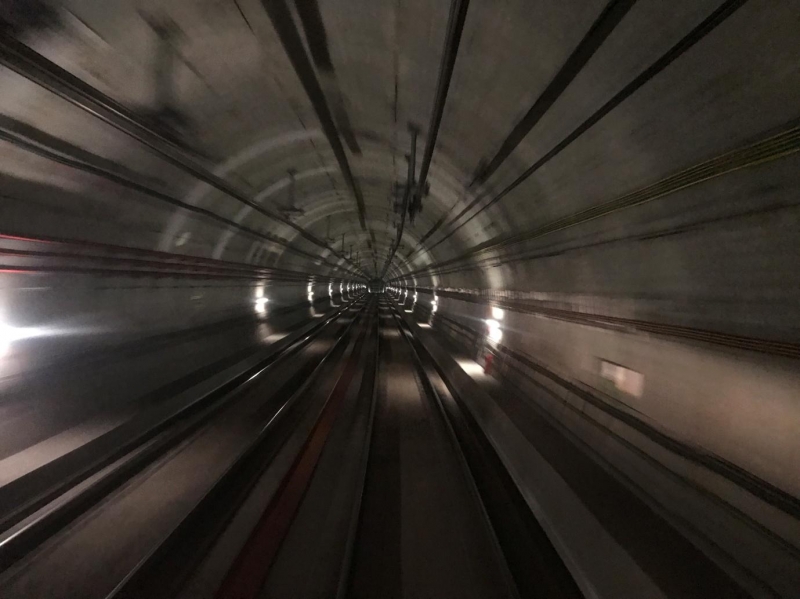
Whenever I try to retrieve memories from a trip, I find myself transported on board a Swiss train. There, I stand by the carriage doors with their large windows, staring at whatever the train whizzes by — acres of flattened land filled with grids of colourful spring flowers in full bloom, only to be rudely interrupted by uninteresting urban buildings with their ugly brickwork and cracked tiles, before gradually inching towards the heart of the city crammed with a diverse faces as far as the eye can see, and carefully maintained landscapes and attractions. The train briefly pauses and takes off after, repeating its clockwork motions station after station, from busy cities to rustic towns. The train moves so rapidly sometimes I wonder why I bother looking out, then it slows to a crawl and the scene before me steadies itself, and I greedily take it all in.
My parents and I, along with an aunt and a family friend, embarked on a 16-day trip to Barcelona, Amsterdam, and several other cities in Switzerland. I recall the excitement and anticipation several weeks before the trip, but as quickly as time ticked down to the day of departure, so too, did it usher the day we return home. I still wonder where those 16 days had gone.
I do not remember where my visualisation of Barcelona had come from, but I somehow pictured a perfect manifestation of the romanticism commonly found in Spanish history onto a city the Catalans identified as its cosmopolitan capital; it was essentially Singapore multiplied, arranged in untidy grids. I discovered later that on several quiet sidewalks I had ventured on, I found vague resemblances to the suburbs of Singapore’s Bukit Merah with its many shops lined up side by side under apartment blocks. Some had signs plastered on windows with clichéd flickering lights of various colours while others were seemingly out of business with their shutters snapped in place, keeping everything out but graffiti.
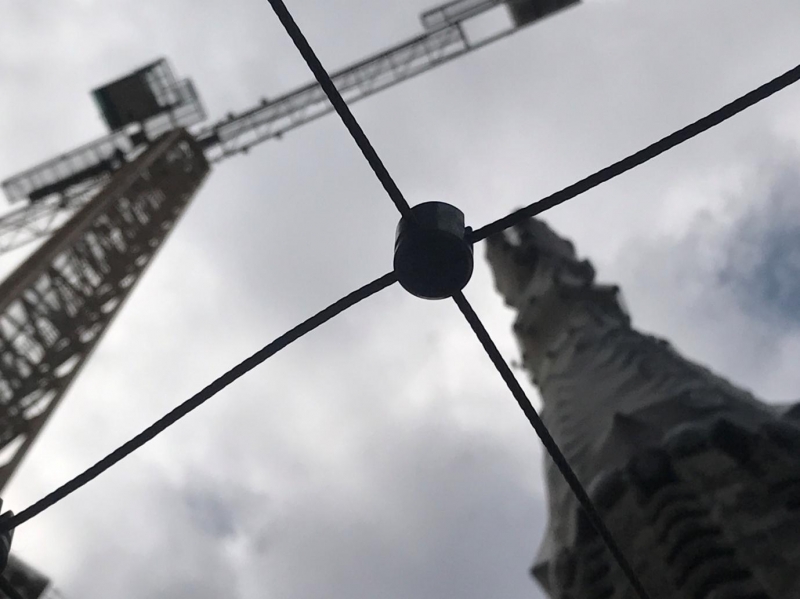
Before jet lag started to set in, we hurriedly made our way by train to La Sagrada Familia, possibly Antoni Gaudí’s most famous architectural monument. Like the Eiffel Tower or the Colossus statue, La Sagrada Familia has firmly established itself as an icon, recognised by people around the world. Apart from the sparkling stained glass and the aerial view at the top of its towers that has been obstructed by ongoing construction and paranoid iron mesh, it is sadly similar to its fellow icons around the world — only worth visiting once. But, it does not take away the gloss of its history, nor the achievements of Gaudí himself. Apart from La Sagrada Familia, his influence can be found scattered all around the city, from iguana statues at the Parc de la Ciutadella and the incorrigibly bizarre Casa Milà; they are the very representation of the Catalan Modernism movement. We spent more than a hundred euros on tickets to the cathedral, but the constant rat-a-tatting of cranes instilled a sense of purpose in me; we were all contributing to La Sagrada Familia’s construction, slated to be completed on the 100th anniversary of Gaudí’s death in 2026. Before I descended the tower, I noticed that only the roofs were yet to be finished, and I briefly wondered how the church could strategically drag whatever is left for nine more years.
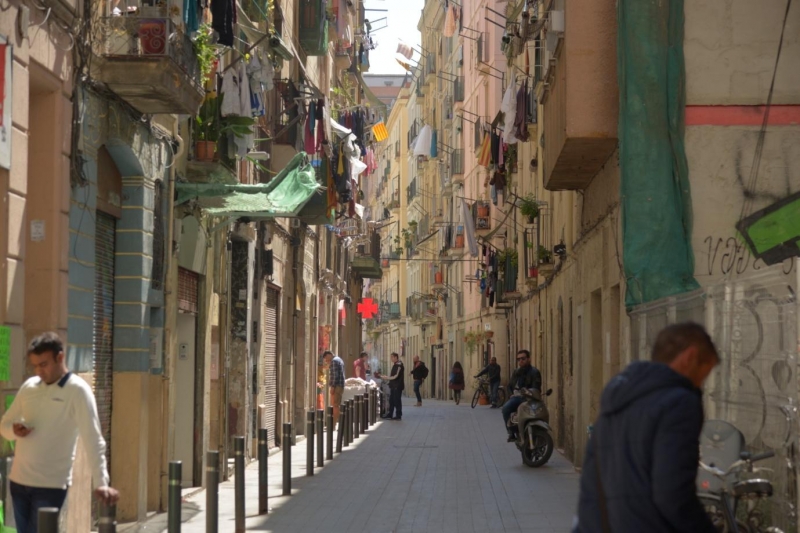
I spent the next four days trying to make sense of the city, not that it was hard to figure out, but that there was precious little to suggest that the Barcelona I had so meticulously envisaged in my mind existed at all. Could I have been misled by the woefully inaccurate photos that I had previously come across? But, I gradually eased into the Catalan rhythm, I felt more and more at home with everything that was unfolding around me — the crowded parks and squares around Plaça Catalunya; the numerous cyclists who zipped freely around without being hassled by impatient motorists; abnormally large flocks of tourists pouring out onto almost every corner of the city. It seems, however, that they were not the only foreigners; “Eight out of ten residents in Barcelona are foreigners these days,” Nico, our photography guide who is himself an Argentinean native, explained.
“Why do so many people choose to move here?” I asked.
“The standard of living in Barcelona is friendlier to the middle class. With this income, it is very hard to survive in other European cities.”
Nico has been living in Barcelona for two years, and he assured me that my confusion derived from a lack of Catalan Spanish understanding is common even for Spanish speakers. Whilst my father was busy taking photos, Nico and I continued to converse in Spanish — the main reason we veered so far off Central Europe in the first place. Nico spoke in his native Castilian dialect. I asked him when the Mercat de Sant Antoni would reopen. “Maybe Shune, Shuly… but definitely not April; you are too early.” We were roaming the famous streets of La Rambla, and the notoriously touristy La Boqueria Market was our only option. Nevertheless, I was promised a vibrant market environment, so we ventured in.
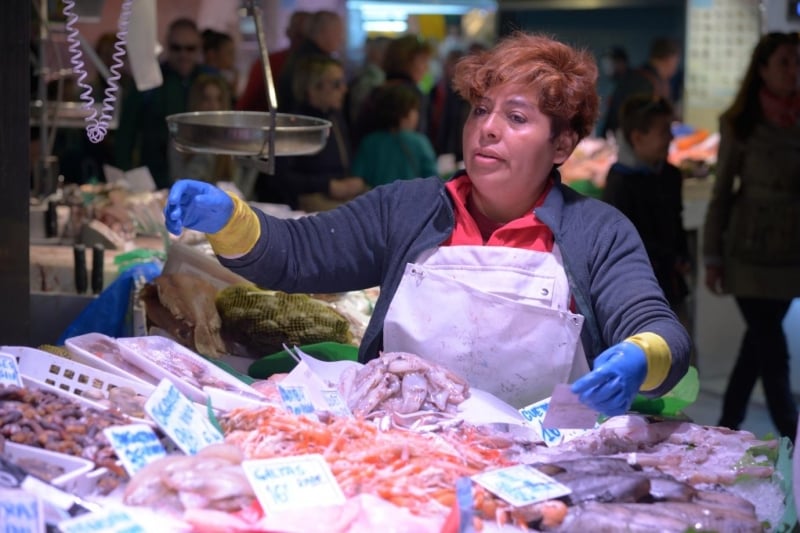
Although the sun was beating down in all directions, La Boqueria swallowed it all, replacing it with its own lighting — meshes of bright hanging lamps and bare bulbs that watched on in silent stillness as tourists flocked the market, eager to sample fresh local tapas. The market itself was enormous, with rows of stalls positioned as if they had intended to line up neatly against each other but gave up in the middle. It was also in no shortage of refreshments; almost a third of the stalls sold the same fresh fruit juices that were half-buried in crushed ice and peddled out front. If tourists were not continuously circling the market, they were seated on rickety stools facing fresh seafood and chorizo stalls, their aromas evenly spread from end to end. True to Nico’s word, La Boqueria was stunningly colourful; all manner of food items were sold there, from nuts and dried fruits to herbs and spices strung up and hung like intricate decorations.
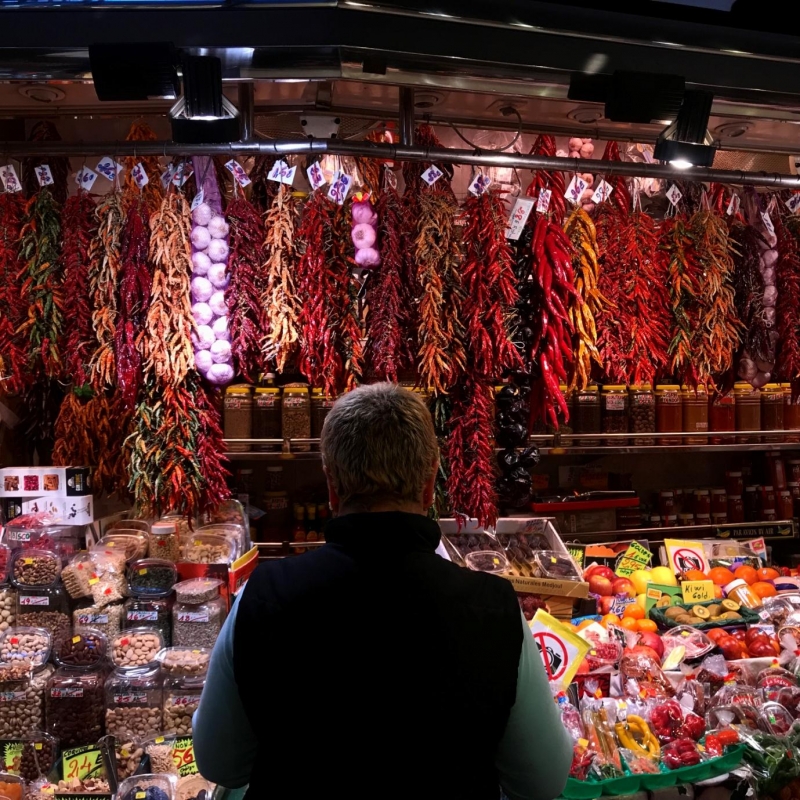
Squeezing my way along a particularly crowded section, I spotted two teenage boys shadowing an engrossed group of female tourists. The first boy looked around intently, and then they struck. The second boy held his jacket over the slightly exposed handbag of one of the girls and swiftly fished her phone out. For a moment, our eyes met, his a mix of wariness and anxiety, whilst I remained stunned. He turned away and they both darted off. I was ashamed at myself for not doing anything to stop them, but years of growing up in a secure environment have deprived me of any sort of instinct; because these things never happened, I did not know how to react. I mentally wished the girl well and went on my way out.
La Rambla was as uninspiring as it could get, with tented stalls flanking the long walkway down to the beach selling nothing but flowers and souvenirs. Further ahead, artists offered to create caricatures out of passersby. We abandoned the walk with a sense of relief as pollen started to drift into our faces from all directions. There was a place, Nico gestured to our right, that hardly any tourist would go to, but it was his favourite place to take good photos.
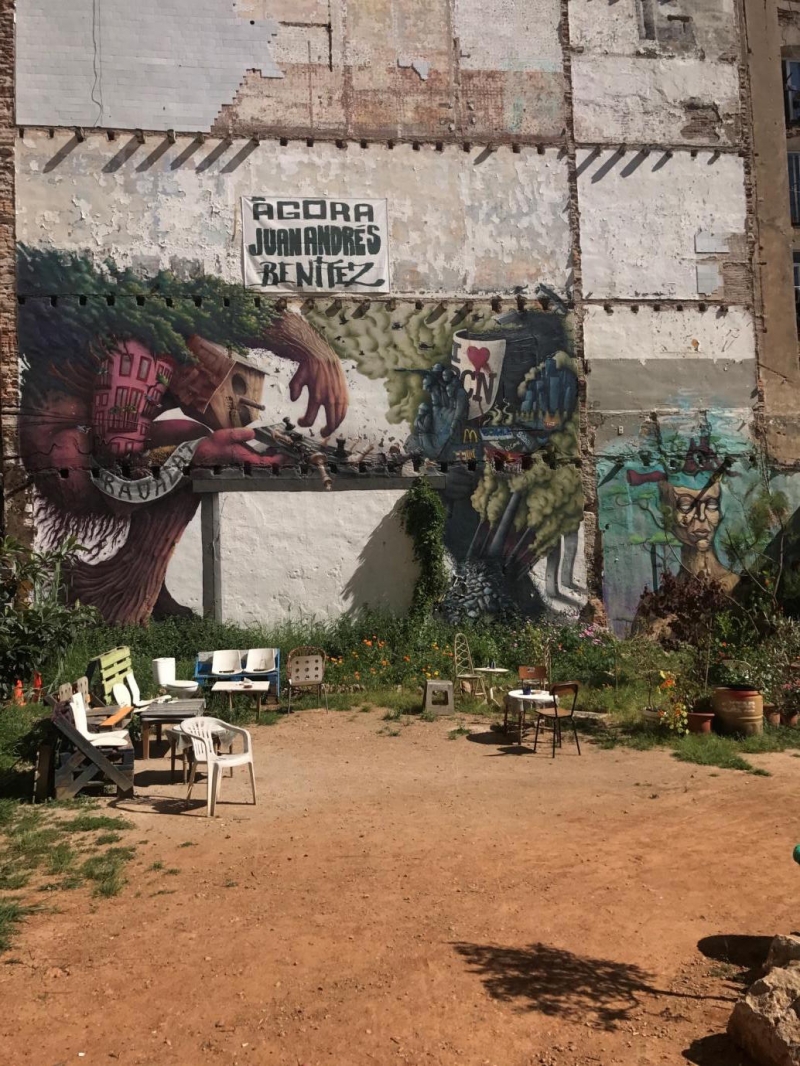
We took an abrupt turn into a narrow alleyway and the insufferable fanfare immediately died off, and so, as it seemed, did the Caucasian majority. The stores below an apartment usually reflect its community, and in this cleverly concealed neighbourhood along the outskirts of El Raval, there were stores selling football jerseys and other paraphernalia, electrical appliance repair services, and various middle-eastern cafes. Arab men stood outside those stalls, either chatting with each other or on their mobile phones. They did not look welcoming, but neither were they welcomed, kept away from public view, much like the row of brothels deeper inside the neighbourhood. We were advised against taking photos as it might inadvertently annoy the lurking pimps.
El Raval is not just vice and grunge; it also has a rich culture. Around a corner of a cluster of blocks stands the oldest absinthe bar in Barcelona, Bar Marsella. There are even horribly chipped slabs of wall to prove it. Perhaps I was wrong about the obscurity of El Raval, that it is actually a chic nightlife hangout and that I was there at the wrong time. What fascinated me the most about the neighbourhood was the presence of a quaint, homely shed where a few apartment blocks intersected. Makeshift shelters and leafy vegetation gave it ample cover, but what really stood out were beautiful works of graffiti sprawled on a large wall. Nico told us that this shed is actually a community space for the residents, and when it is not too chilly, they usually gather there in the evenings to watch movies that are projected onto the wall. He pointed to a blank patch right in the middle, surrounded by the graffiti.
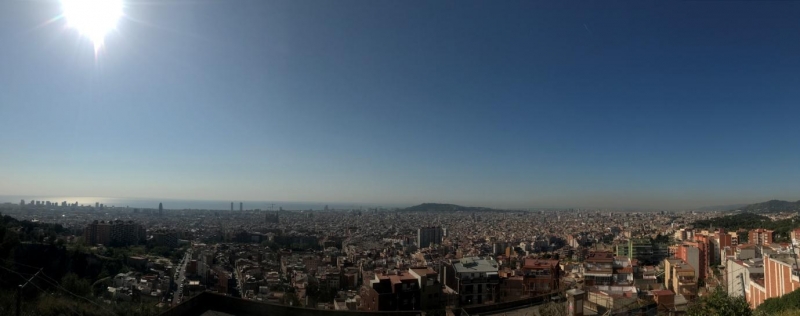
I found the other side of Barcelona’s cosmopolitan image during my stay there — far away from government-led beautification efforts in the heart of the city. In pursuit of an elevated view of the entire city, my father and I travelled to the lesser known Parc del Guinardó. The quiet Alfons X neighbourhood where it is situated in has all the attributes of a typical heartland — a vibrant school in which lively interactions from within echo throughout the vicinity; empty pavements except for a few locals rushing to the station from time to time, and elderly residents walking their dogs at the park. Life was significantly more pedestrian, but it nevertheless represented another aspect of Barcelona. Unsurprisingly, the park was just as quiet when we arrived in the late morning. We made our way up and were treated with unspoiled views of the city as promised. On the other hand, Montjüic, the more touted counterpart, was disappointing, as trees blocked out any chance of getting good photos of the city below.
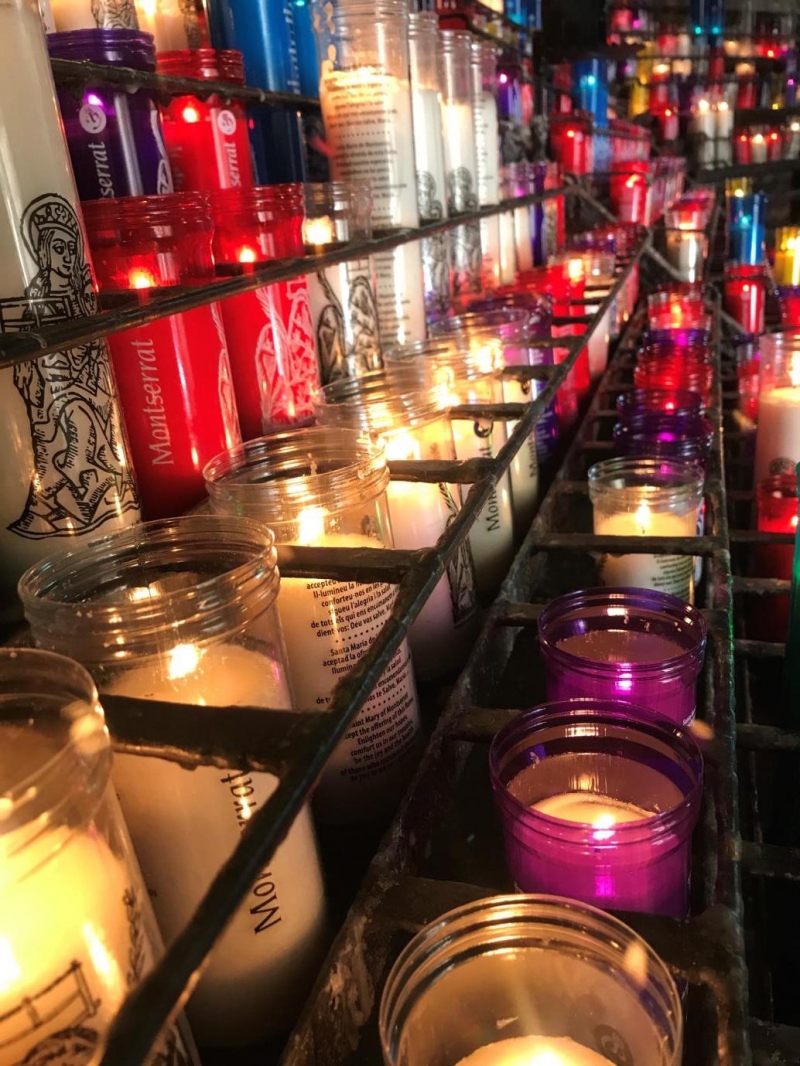
As quickly as we found ourselves in the thick of Barcelona, it was time to leave for Amsterdam. Seated on the plane, I tried to digest everything that I have seen and done over the past five days, from trying my hardest to converse in Spanish — and sometimes failing spectacularly — to randomly boarding buses and letting it take us to corners unknown, I learnt that a city can never be “fully explored”; it will be noticeably different with each visit, like watching a time lapse of the changing landscapes and people coming and going.
Perhaps Gaudí’s legacy will finally be completed by then.





